How to sharpen hedge trimmer blades expertly and safely in 7 simple steps
Ensure your hedge trimmer makes clean cuts and works efficiently by knowing how to keep the blades sharp
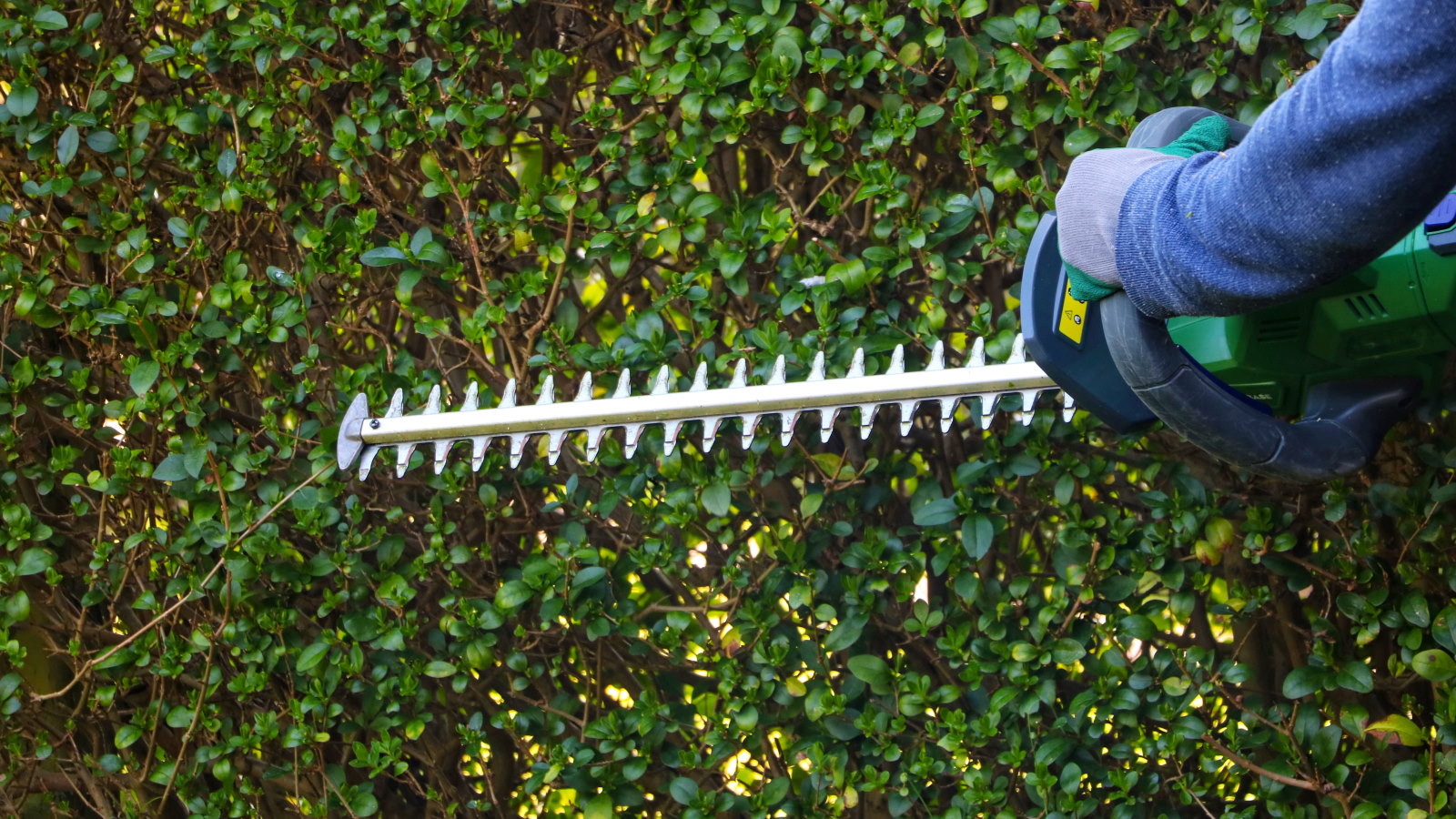

Sharp and well-maintained hedge trimmers are essential for quality cutting. When you use a hedge trimmer the blades lose their sharp edge. Over time the blades will dull and blunt hedge trimmer blades won’t perform as well, while hedges suffer as the cutter rips and shreds at branches rather than making clean cuts.
If you know how to sharpen hedge trimmer blades, you can keep them in top condition. Cutting hedging plants with sharp-edged blades will mean easier cutting, neater hedges, and healthier plants.
As someone who has done large-scale, annual hedge cutting as a professional gardener in historic gardens in the UK, I understand the importance of sharp blades. Along with cleaning a hedge cutter at the end of any trimming session, sharpening the blades keeps the cutting tool performing efficiently and extends the lifespan of the trimmer.
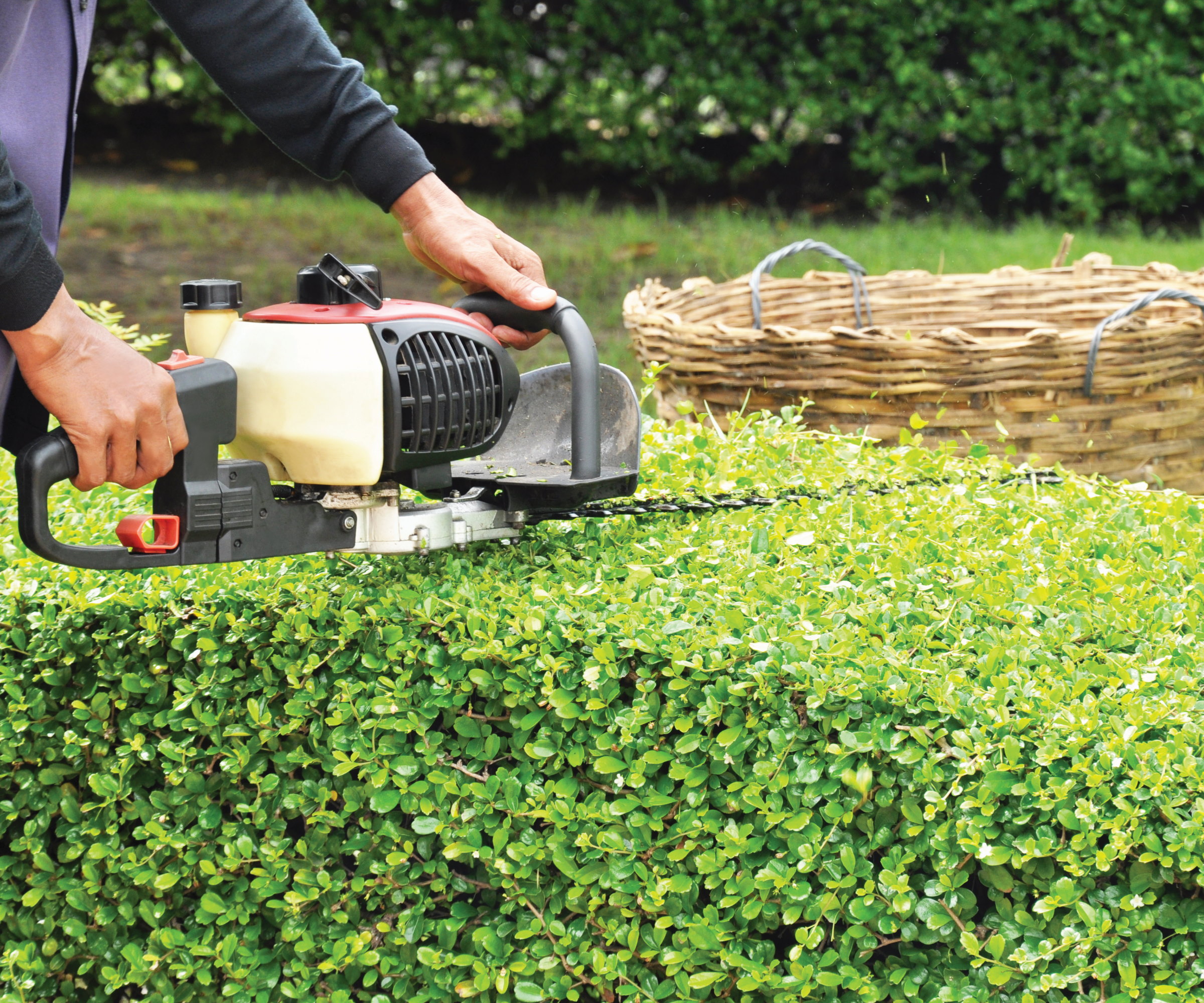
How to sharpen hedge trimmer blades at home
Our guide to how to sharpen hedge trimmer blades looks in-depth at when to sharpen and outlines the key steps that need to be followed to keep any hedge trimmer blades in the best condition.
When to sharpen hedge trimmers

Hedge trimmers may not be used as much as other garden tools. The likes of lawn mowers or pruning shears may see more action each year, but when you head out to cut a fast-growing hedge once or twice a year you need the hedge trimmer to be sharp to work at its best.
The proof you need to sharpen hedge trimmer blades will show when you use the machine. For example, Paul Hicks, marketing and product manager for STIHL GB, says: ‘If you notice that the blades are getting jammed easily, frayed edges on the material you are cutting, or the machine is struggling, the blades may need sharpening.’
Spotting any of these signs means it is time to sharpen the hedge trimmer blades, rather than continue regardless and attempt to cut an overgrown hedge. The consequences will be dire and arborist Ben McInerney warns: ‘I once neglected to sharpen my trimmer and ended up with a hedge that looked like it had been chewed rather than cut – a mistake I never repeated.’
Not only does a well-maintained hedge trimmer make life easier when cutting, but looking after the machinery is also crucial for the ongoing health of the plants.

Ben McInerney is a qualified arborist with over 20 years of industry experience running a commercial lawn mowing and tree services business. He is the founder of GoTreeQuotes, a website that specialises in helping property owners find the best deals on tree removal and trimming.
How to sharpen hedge trimmers in 7 easy steps
You can get professionals to service your hedge trimmers, including sharpening the blades. However, if you want to sharpen hedge trimmers at home it can be done safely and quickly in a few simple steps.
1. Make it safe
Safety first - before preparing the machine to sharpen the blades, unplug the hedge trimmer if it is an electric cutter or remove the battery if it is battery-powered. This avoids any nasty surprises and keeps you safe. It is essential to put on heavy-duty safety gloves and eye protection, such as these safety glasses available at Amazon.

Made from high-quality cow leather, these gloves are thick enough to protect your hands from abrasions, scratches and punctures, and are also both durable and comfortable.
2. Clean the blade

Give the blade a good clean to remove debris, dirt, and sap that may have accumulated on the machine over years of use. Wipe the blade down using soapy water and a soft brush or damp cloth. Once the trimmer blade is clean and dry, it is ready for sharpening.
3. Align the blades
Hedge trimmers have one blade on top of another and need the two to align and overlap. This allows easy access to the blade and makes sharpening easier. The top blade can be pushed with a plastic screwdriver handle, a piece of wood, or other hard object, to sit on top the other.
4. Secure the hedge trimmer
Secure the hedge trimmer to a sturdy surface, such as a work table or bench. Use a C-clamp, available at Amazon, or a vice to secure the trimmer’s body to the surface.
Either set the trimmer up with the entire blade sticking out from the table or have half the blade over the edge - secured at the edge with a clamp - and move the trimmer along when the first half of the blade has been sharpened. This is more beneficial with hedge trimmers with longer blades as they can flex during sharpening.
5. Sharpen the blade with a file
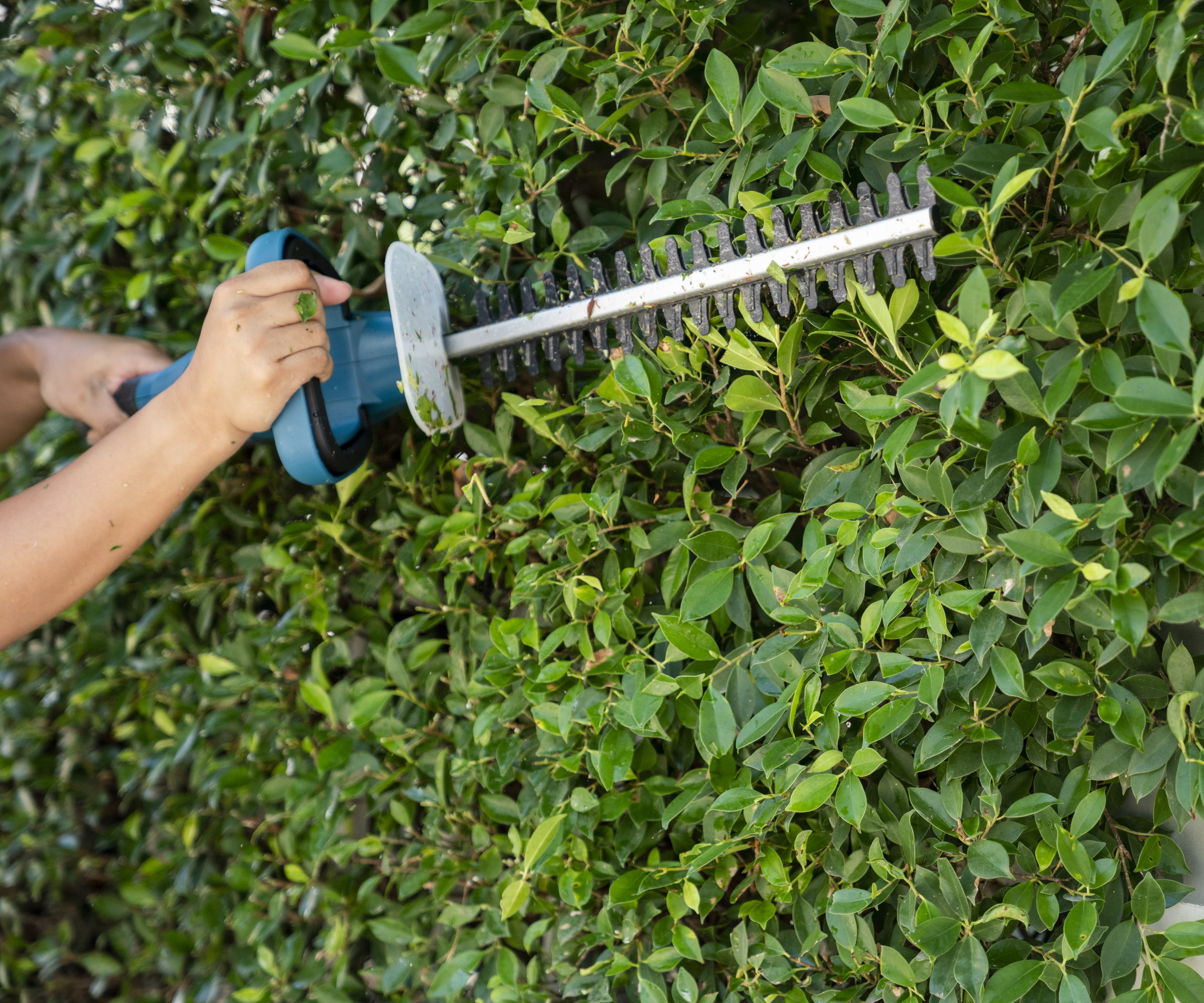
‘Sharpening involves using a flat file to file downwards on the cutting blade,’ says Paul Hicks from STIHL. It is important to be consistent, by maintaining the original angle of the blade - usually around 45 degrees but refer to the tool’s manual for a precise figure - and only working in one direction. Two or three passes on each blade are sufficient, beware not to over-sharpen the blades - which can weaken it.
David Miller, CEO of Austin Tree Services, advises not rushing as ‘patience is your best friend’ when sharpening hedge trimmers. ‘It’s not a race, and rushing through could result in uneven blades or, worse, a damaged hedge trimmer,’ he warns. ‘Focus on maintaining the factory-set angle of the blades to keep things sharp and precise.’
Carefully work your way through the individual cutting teeth and use the same number of passes on each.
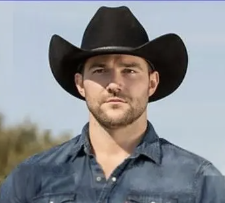
As CEO at Austin Tree Services, David is an experienced arborist, with years of experience in plant care and maintenance. Focusing on sustainable practices, he specializes in nurturing and enhancing the beauty of gardens and landscapes.
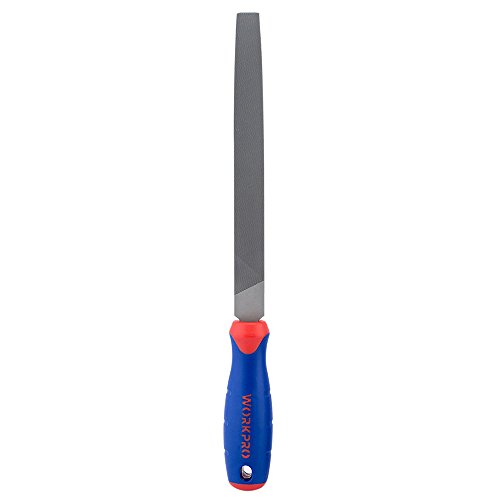
A 10-inch flat file ideal for sharpening tools. Features precise coated teeth that offer double cut on one face of the file and single cut on the sides. You can also use this file to deburr items or take a sharp edge off.
6. Remove the burrs
Turn over the hedge cutters and move the teeth so they no longer overlap. This will show any burrs that have developed as a result of the sharpening. Remove these burrs with a whetstone, wiping across the blade in the direction of the edge.

This sharpening kit comes with double-sided (#1000/ #6000) whetstone and a sturdy bamboo base for holding the stone.
7. Spray the blades
The final task is to spray the blades. David Miller recommends giving the blades a spray with light machine oil or WD-40, available at Walmart, and wiping them down with a dry cloth. ‘This not only protects them from rust but also reduces friction during use, keeping your blades in top condition for longer,’ he says.
FAQs
How often should you sharpen hedge trimmer blades?
Sharpening hedge trimmer blades after around every 50 hours of usage is recommended. Planning a regular sharpening schedule should hopefully keep the blades in good condition and avoid them showing lots of the tell-tale signs of wear and tear that makes cutting inefficient and can harm the health of plants.
How do you clean hedge trimmer blades after use?
After using the hedge trimmer, always brush off any remaining bits of leaves, branches, and other debris and clean the blades down with soapy water. Then spray the blade with a lubricant spray, such as WD-40, to help to protect the blades from erosion and, finally, wipe the blades and dry them off before storing away the machine. Doing this routine every time you finish hedge cutting can extend the life of a hedge trimmer.
Along with hedge trimmers, knowing how to sharpen lawn mower blades can help keep any machine cutting efficiently. Lawn mowers need sharpening more often than hedge trimmers, after around 25 hours of usage, and the blades can be sharpened with a 10-inch file held at a 45-degree angle. Sharp lawn mowers blades means a neater lawn and a longer lifespan for the machine.
Sign up to the Homes & Gardens newsletter
Design expertise in your inbox – from inspiring decorating ideas and beautiful celebrity homes to practical gardening advice and shopping round-ups.

Drew’s passion for gardening started with growing vegetables and salad in raised beds in a small urban terrace garden. He has worked as a professional gardener in historic gardens and specialises in growing vegetables, fruit, herbs, and cut flowers as a kitchen gardener. That passion for growing extends to being an allotmenteer, garden blogger, and producing how-to gardening guides for websites. Drew was shortlisted for the New Talent of the Year award at the 2023 Garden Media Guild Awards.
-
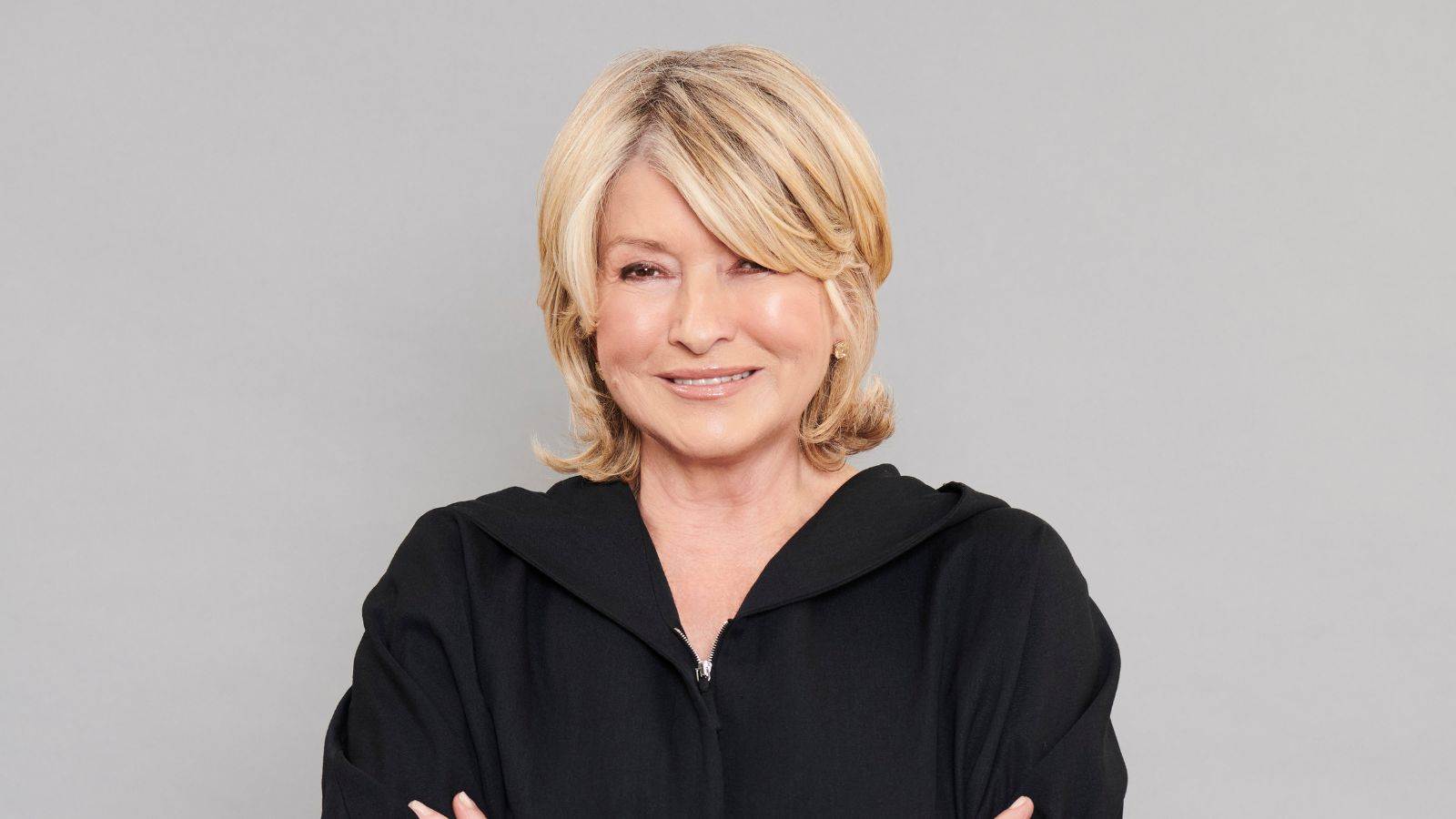 Martha Stewart's intelligent cabinets 'take every inch into consideration' – their 'visually light' style will solve your small kitchen storage problems
Martha Stewart's intelligent cabinets 'take every inch into consideration' – their 'visually light' style will solve your small kitchen storage problems'Every kitchen can be beautiful and functional, no matter what the size': 9 years since sharing her clever storage, Martha's cabinets are just as beautiful
By Megan Slack Published
-
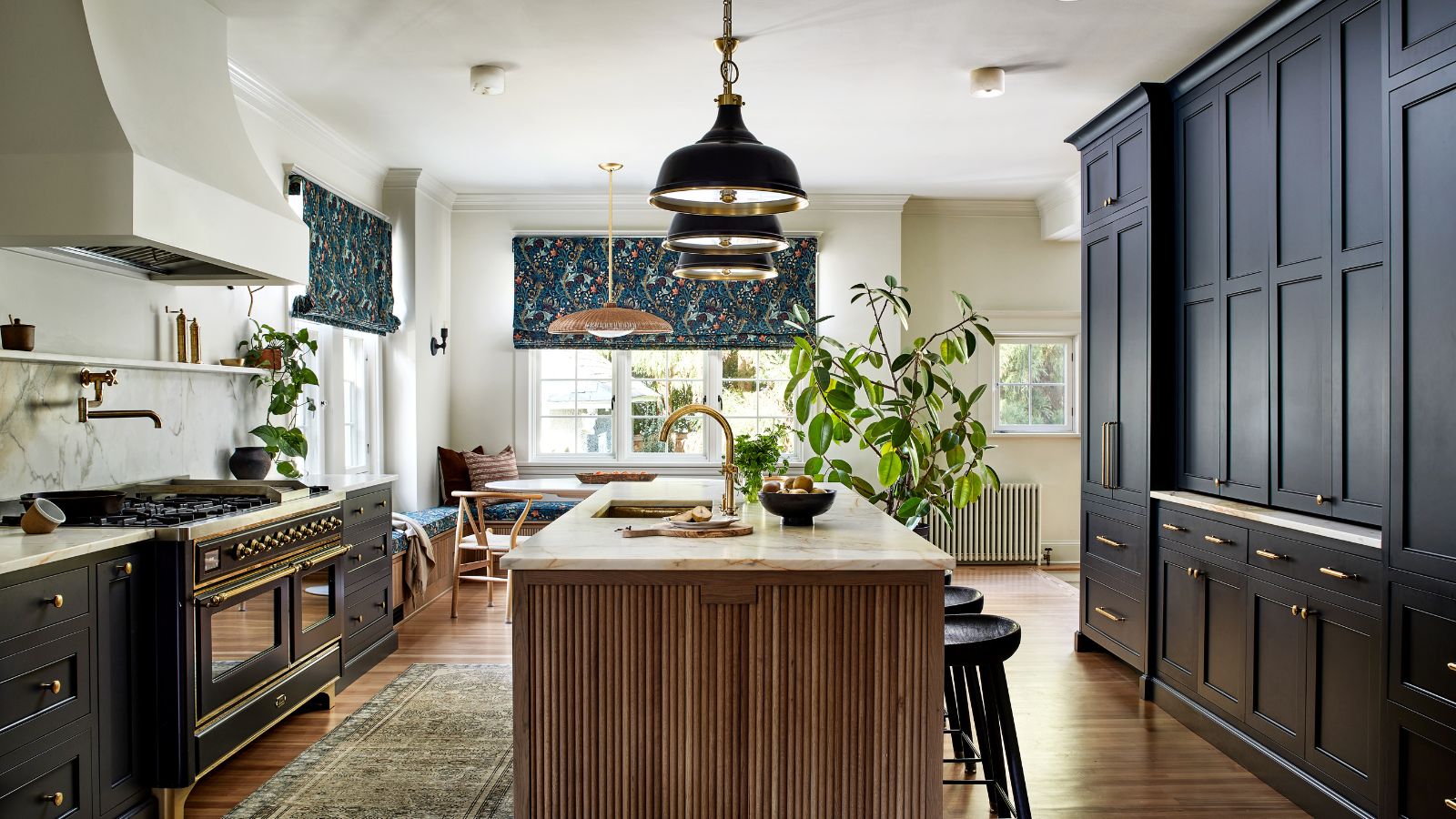 This once-dated kitchen is now a timeless space with the coziest details – and its the classic color palette that's made it a chic, welcoming space
This once-dated kitchen is now a timeless space with the coziest details – and its the classic color palette that's made it a chic, welcoming spaceWarming colors and natural materials combine to create this enduringly classic kitchen scheme
By Molly Malsom Published